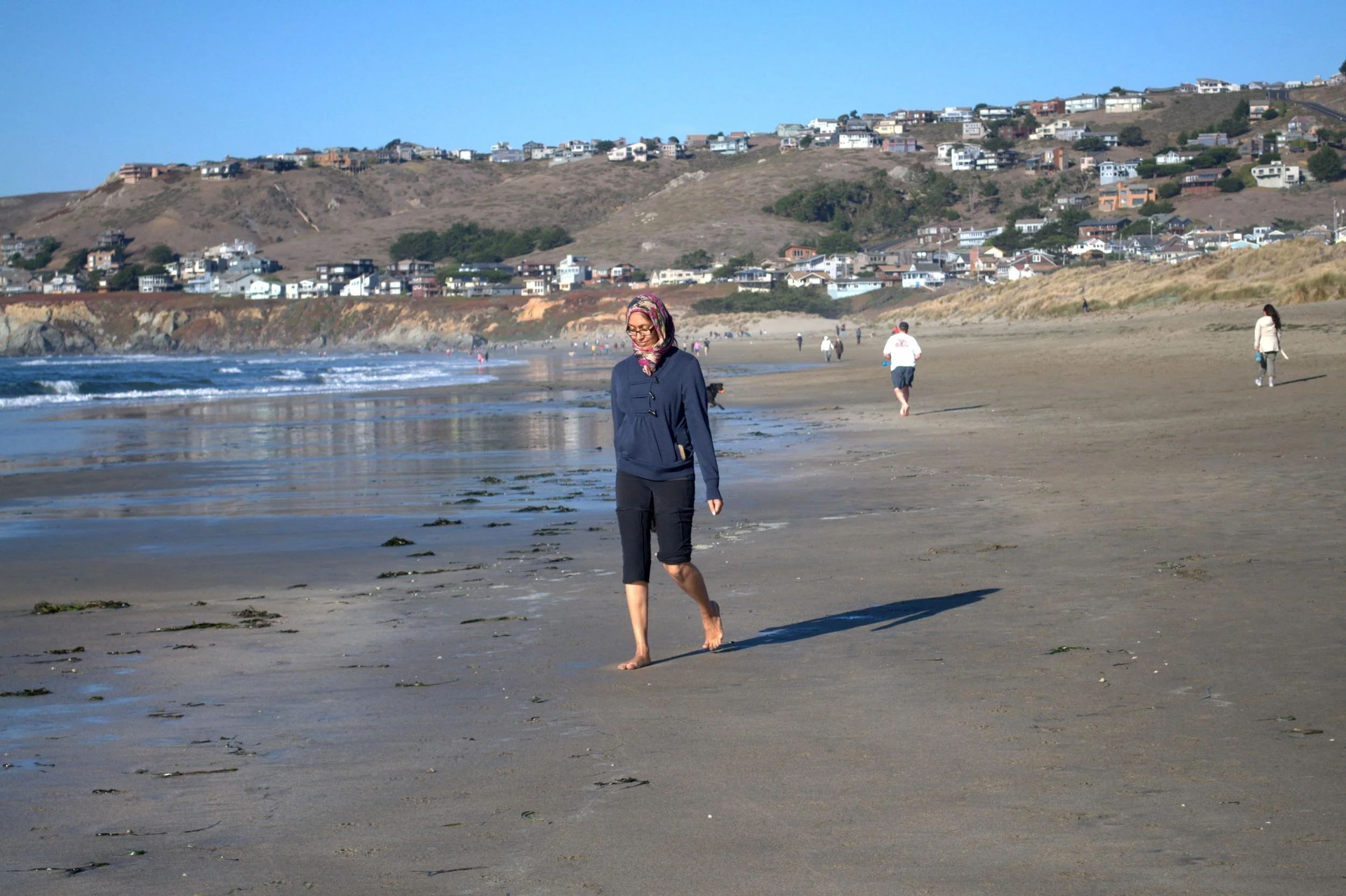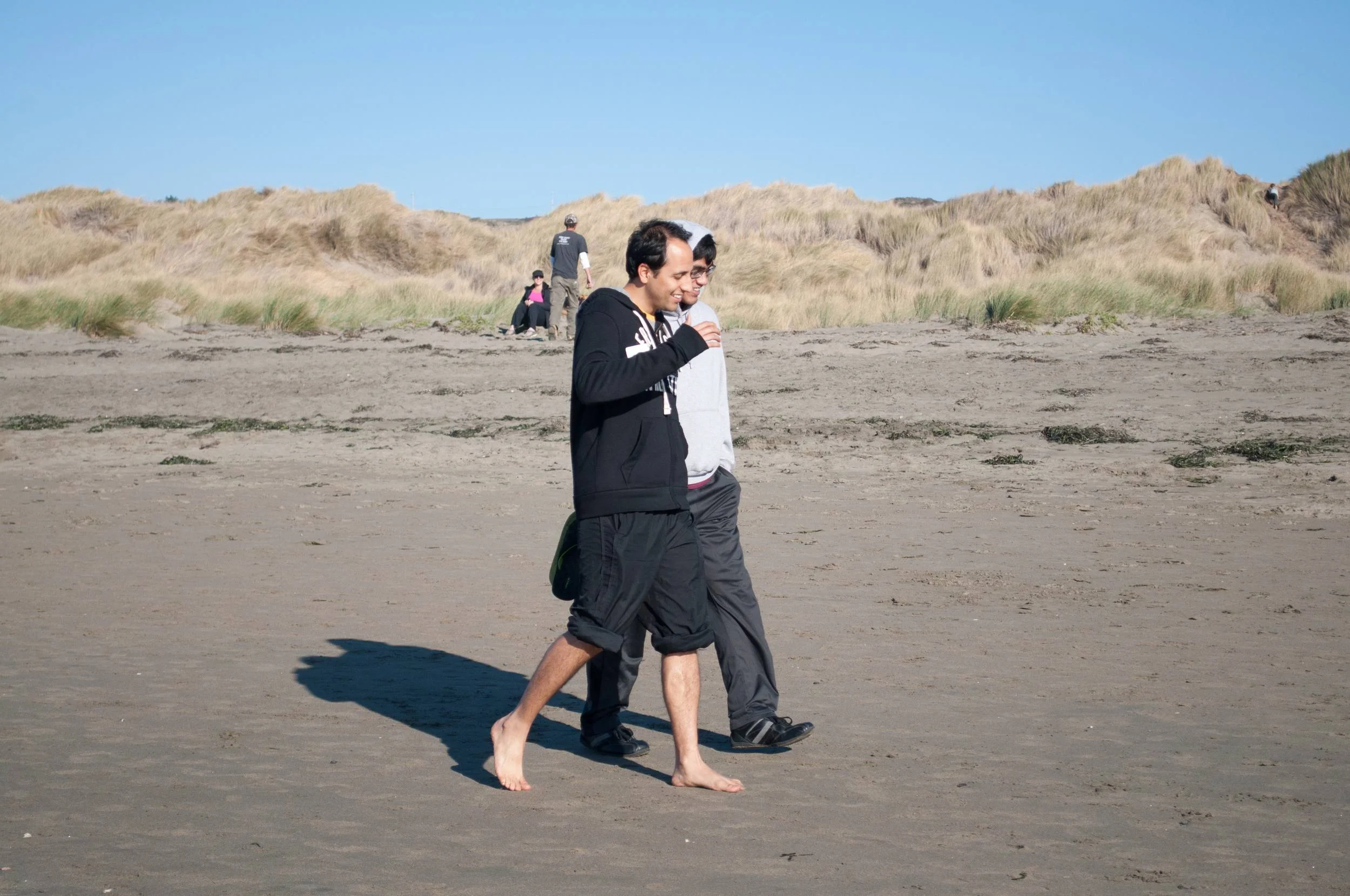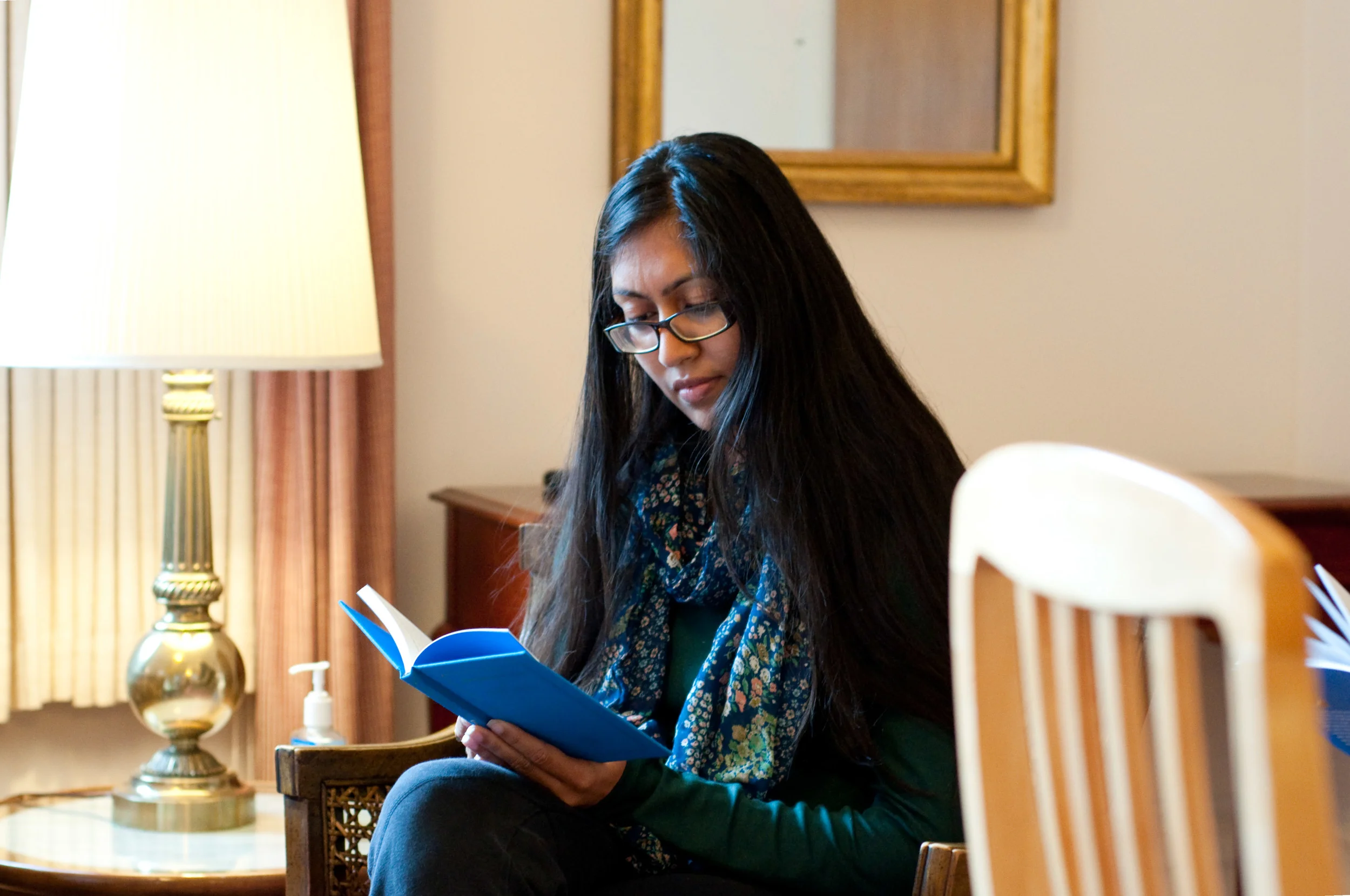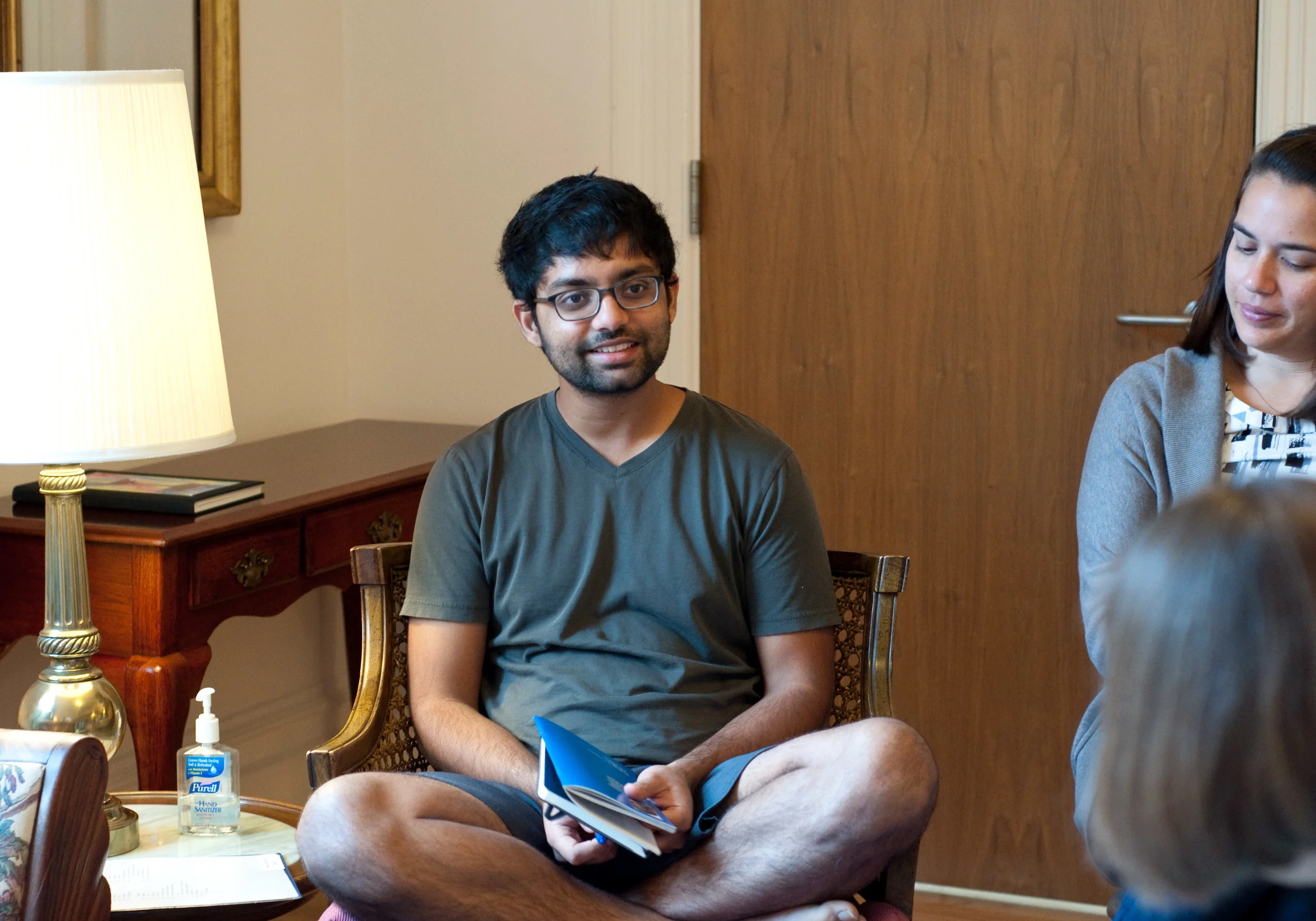You Are A Force For Peace
/Last week we shared a chapter from Easwaran’s book Strength in the Storm that describes transforming negative forces into positive forces. This week we would like to follow up with an excerpt from the afterword of that same book, written by Christine Easwaran. In this excerpt, Christine gives us some specific and practical pointers to enable each of to become a “force for peace.”
Great teachers in every religion and every age have told us that goodness is as much a part of life as the force of gravity. The world would not endure for a single day without it. Somerset Maugham echoes this great truth in his enormously popular novel The Razor’s Edge, published in 1943 in the midst of World War II. Referring to the story’s main character, Maugham said, “Goodness is the strongest force in the world, and Larry has got it.”
Larry is a young American whose experience of war prompts a long search for meaning. By the end of the novel, his life is completely changed; but he has no philosophy to teach, only the desire to lead an ordinary life ennobled by what he has learned. A friend challenges him: “Can you for a moment imagine that you, one man, can have any effect?”
“I can try,” Larry replies. “Nothing that happens is without effect. If you throw a stone in a pond the universe isn’t quite the same as it was before. . . . It may be that if I live the life I’ve planned for myself it may affect others; the effect may be no greater than the ripple caused by a stone thrown in a pond, but one ripple causes another, and that one a third; it’s just possible that a few people will see that my way of life offers happiness and peace, and that they in turn will teach what they have learnt to others.”
We should never underestimate the effect of one person remaining calm in the midst of turmoil, the power of one person to change ill will into good will, anger into compassion, hatred into love.
I do earnestly believe that the greatest danger that faces us today is fear and hatred. In words that belong to the whole world, the Prayer of Saint Francis tells how each of us can be a peacemaker in his or her own circle – an island for those around us, a force for peace, a shield against fear and anger.
You Are a Force for Peace
The first step is to bring calm to your own mind so you don’t add fuel to the flames of fear and anger around you.
Keep this prayer in front of you. Put it on your desk. Don’t let it become stale. Write it out. Memorize it. Repeat it to yourself whenever you feel overwhelmed. Give it to your friends. Keep it in your wallet. Teach it to your children. Recite it out loud. Put it on your refrigerator door.
You Are a Force for Peace
Don’t get caught in angry, frightened talk. Choose what goes into your mind; don’t leave it to the media. Don’t let hostility and resentment take over your life. Step away from the whirlpools of negativity that swirl around us.
You Are a Force for Peace
Do something positive – every day. Take control of your life. Get together with your family and friends. Read elevating spiritual literature. Read with your children.
You Are a Force for Peace
Slow down. Stay focused. Pay attention to the needs of the people around you. Be kind and considerate. At home and at work, help create an atmosphere of trust and openness. Reach out to those you feel have offended you.
You Are a Force for Peace
Choose a mantram from the list given here. Repeat it silently to yourself whenever you can – while washing the dishes, standing in line, waiting on hold. Repeat it whenever you start to get angry, upset, or afraid. Combine it often with a good, fast walk. Fall asleep repeating it so it stays with you throughout the night. Write it out by hand – fill a page or two with it every day. Write it for the whole world. Keep a little book for that purpose and carry it with you everywhere. The mind has to be working; give it the mantram.
You Are a Force for Peace
Teach your mantram to your children. Get them to repeat it whenever they can. Show them how powerful it can be by using it with them to keep calm. Tell them they too are a force for peace and the mantram can be their shield.
Keep reminding yourself that goodness is the strongest force in the world.










